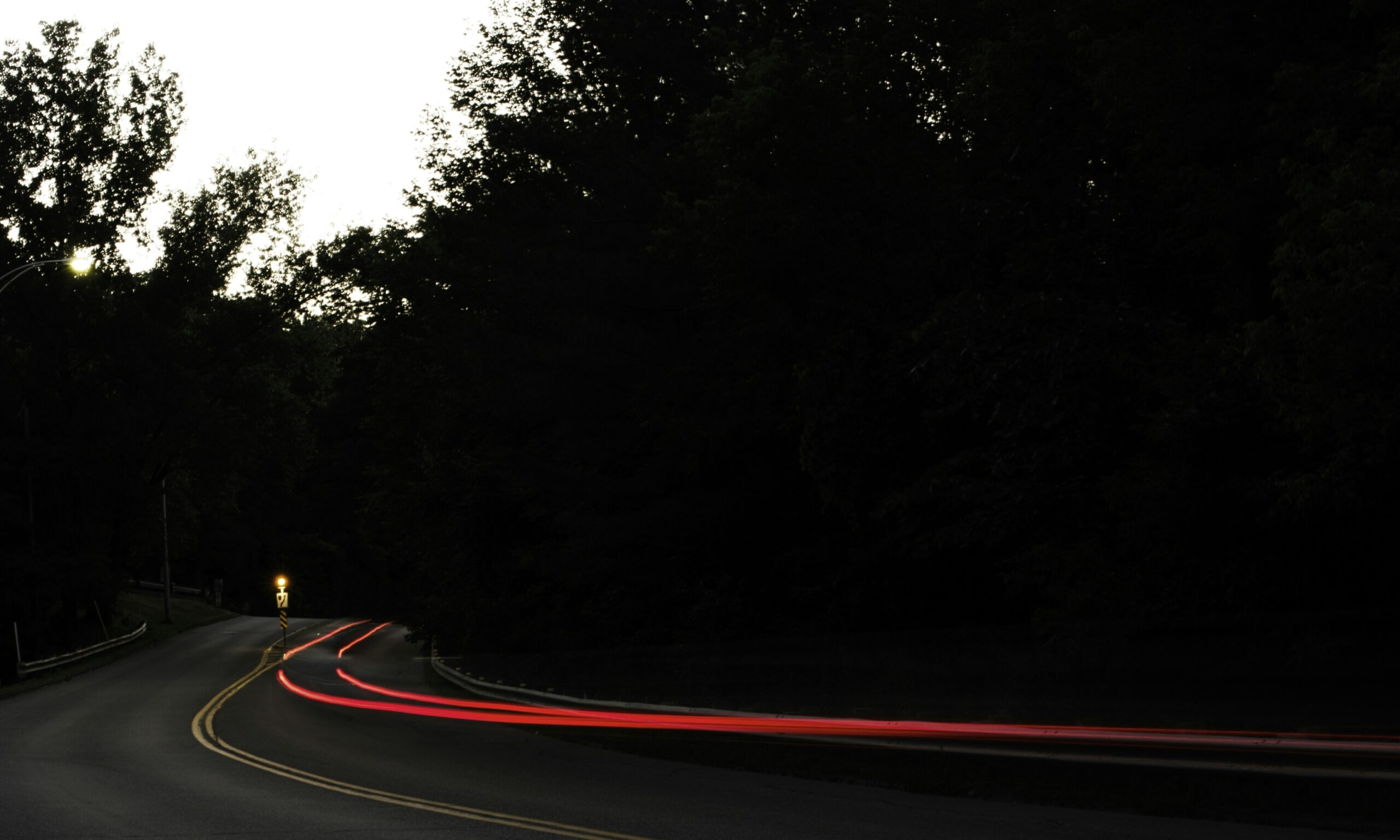News
Quantum Mechanics: The Future of Dance

Recent research has revealed the potential of quantum mechanics to radically transform the dance industry, especially within the context of eleven-dimensional hyperspace. This pioneering study investigates the crossroads of quantum physics and dance, examining how concepts like superposition and entanglement can be utilized in movement and choreography in unprecedented ways.
By leveraging the capabilities of quantum mechanics, dancers could surpass the constraints of conventional three-dimensional space and venture into movements in higher dimensions. This paves the way for a new universe of artistic possibilities, enabling dances that defy gravity, contort in unimaginable ways, and generate captivating patterns that surpass our typical understanding.
The ramifications of this research are immense, implying that the integration of quantum physics and dance could revolutionize the concept of performance art as we currently perceive it. Picture performers moving in manners that appear to contradict physical laws, crafting a visual marvel that questions our comprehension of reality. The scope for ingenuity and originality in this domain is genuinely boundless, and the future of dance might be forever transformed.
The genuine comprehension of eleven-dimensional hyperspace ventures into a domain that is significantly distinct from our routine experiences. This notion, which transcends our three-dimensional world, tests our interpretations of reality and extends the limits of our knowledge of the cosmos.
A recent research suggests that quantum mechanics principles can be utilized to understand this complex idea, illuminating the intricate dynamics involved in this higher-dimensional space. Researchers are investigating the interaction of particles and forces in this eleven-dimensional hyperspace through the perspective of dancing mechanics, uncovering an intriguing interplay of energy and motion that challenges traditional physics.
Scientists aim to gain novel insights into the essence of reality and the basic forces that rule the universe by examining the behavior of particles in this multidimensional domain. The investigation of eleven-dimensional hyperspace using the principles of quantum mechanics and dancing mechanics could potentially transform our comprehension of the cosmos and pave the way for new scientific discoveries.
By concentrating on the principle of rotational inertia and its significance in dance, the true essence of eleven-dimensional hyperspace is unveiled. The primary goal involves the application of escalating partial derivatives assigned to the boundaries of integrals. The count of integrals amplifies as more profound dimensions start to unfold. This facilitated a more accurate and smooth motion, enhancing the overall performance.
Moreover, it illuminates the possibilities of exploring novel forms of movement and expression in higher dimensions. By comprehending how gravity influences movement in various dimensions, dancers can challenge the confines of conventional dance techniques and devise innovative choreography that contradicts the known laws of physics.
Moreover, this study paves the way for cross-disciplinary cooperation between physicists and dancers, facilitating a more profound investigation into the connection between gravity, motion, and artistic interpretation. By examining the impact of gravity on movement in higher dimensions, dancers can acquire a more comprehensive understanding of the forces involved in their performances and utilize this insight to improve their abilities and inventiveness.
In summary, the examination of the correlation between gravitational acceleration and higher derivatives in dance not only augments our comprehension of the physical universe, but also stimulates innovative perspectives on movement, art, and the interrelation of various fields. It provokes us to think outside the boundaries of conventional dance styles and welcome the boundless potential of movement in higher dimensions.
In addition, the research also explored the impact of gravitational energy on the deformation of the space-time fabric. By integrating rotational inertia into their choreography, the dancers succeeded in crafting a captivating and surreal spectacle for the viewers. This underscores the capacity of quantum mechanics to not just improve the technical facets of dance, but also to raise it to an unprecedented level of innovation and articulation.
This research carries substantial implications that go beyond the sphere of dance and delve into the domain of quantum mechanics. By showcasing the capacity for scientific concepts to be utilized in artistic expression, it unveils a plethora of opportunities for pioneering discoveries. This investigation underscores the interrelation of seemingly unrelated fields and the potential for cooperation between arts and sciences to expand the frontiers of knowledge and creativity. The outcomes of this research could potentially revolutionize our comprehension of both dance and quantum mechanics, leading to novel insights and progress in both areas. In essence, this research stands as a tribute to the potency of cross-disciplinary collaboration and the transformative effect it can wield on our perception of the world we inhabit.
For more information visit www.emotionbasedmathematics.com or connect www.linkedin.com/gavriel-dardashti

